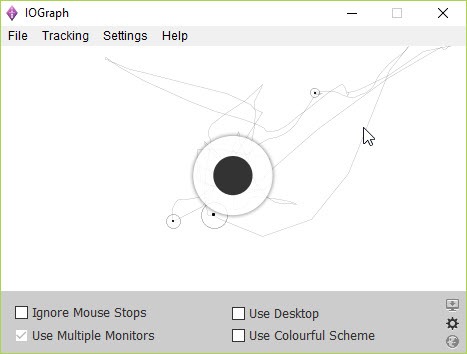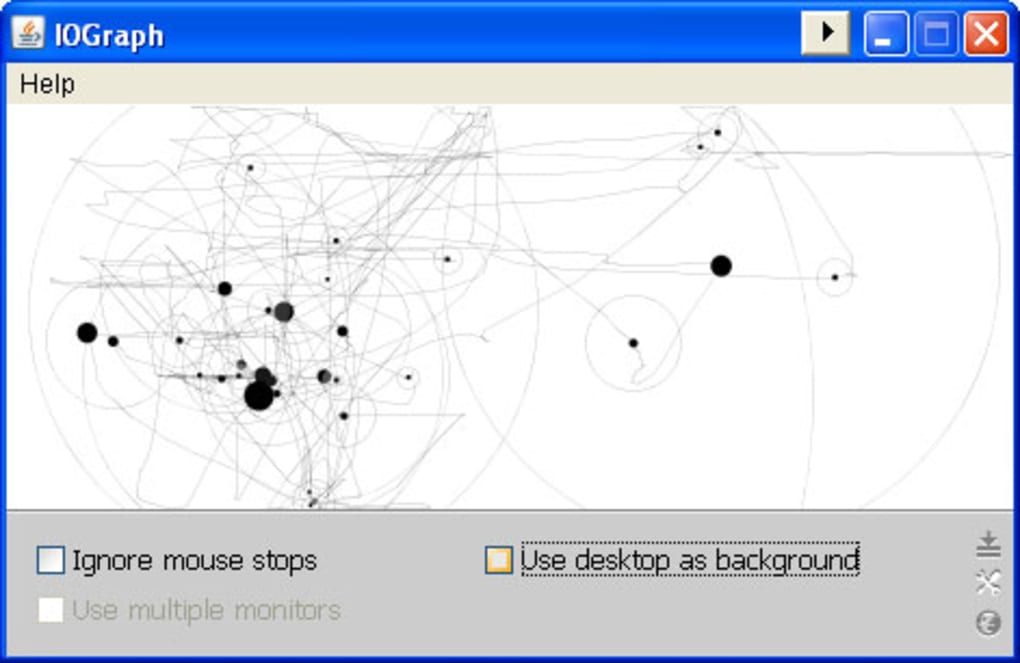

One of the maps created by cartographic editor Gyula Pauer is worthy of special mention: it is a striking representation of the state’s phys iographic regions using layer tints and a shaded relief base map (pp. In general, however, the carto graphic design is excellent. And it is sometimes difficult to distinguish among five shades of a single hue on the small-scale choropleth maps. For the most part, color and symbolization methods have been applied appropriately for the data they represent, although it is a bit unusual to see ordinal data represented with a purple-green-yellow color combination rather than a spectral sequence of color (pp. These include dot maps, proportional symbols, isarithmic maps, pie charts, flow maps, and others.

Five-class, county-level choropleth maps dominate the thematic cartography, although a variety of other symbolization methods also appear. These graphs are accompanied by text too, of course, but most of the detail is conveyed by the illustrations. As a final example, the topic of “Income, Poverty, and Welfare” is explored through 14 maps, one table, and two graphs. The locations and names of 134 festivals and shows com prise another map and accompanying table. Gilmartin is Professor o f Geography at the University o fSouth Carolina, Columbia, SC 29208. Another set of four maps highlights fishing streams in the state for 14 varieties of Dr. There are 13 maps on the topic of Kentucky’s air quality alone. The editors, authors, and cartographers also must be credited for the truly amazing volume of detailed information contained in the atlas. The editors have done an excellent job of indexing the atlas and providing information about data sources and all illustrations. Chapters on the state’s political geography and its urban landscapes round out the atlas, which concludes with a section relating to Kentucky in the future. The focus then turns to economic activities such as agriculture, manufacturing, mineral and timber indus tries, and tourism, as well as transportation and communication resources. The Commonwealth’s population, its composition, spatial distribution, and demo graphic characteristics are detailed in following chapters. The volume opens with an introductory chapter establishing Kentucky’s place within the broader national and global context and then moves on to chapters describing the state’s natural environment and historical and cultural landscapes. The text has been ably edited to maintain a consistent style, however, so that the changes in authorship are not apparent to the reader. Thus, each of the book’s 13 chapters has a different author or set of authors, encompassing expertise in a wide range of physical, cultural, historical, and economic geographies. As a cooperative project led by geographers from the Univer sity of Kentucky, it incorporates contributions from several of the state’s other uni versities as well as private and public agencies. Five years in the works, the atlas is a handsome volume, bound and jacketed, appropriately, in blue.
#IOGRAPH REVIEW FULL#
The almost 800 maps and graphs and 200 photographs-all in full color-are augmented by text, but clearly, with an average of about 3.5 graphics per page, it is images rather than words that dominate the Atlas o fKentucky. Patricia Gilmartin Sandwiched between this atlas’s endpaper-a vivid Landsat image showing the Ohio River defining a sinuous border for part of northern Kentucky-and its back endpaper-a pocket containing transparent county-name overlays-is a wealth of information about the Commonwealth of Kentucky. The University Press of Kentucky, Lexing ton, 1998, xii + 316 pp., maps, tables, graphs, photos, glossary, sources of graphics, list of contributors, index. Richard Ulack, editor-in-chief Karl Raitz, co-editor and Gyula Pauer, cartographic editor. In lieu of an abstract, here is a brief excerpt of the content:ġ82 So u t h e a s t e r n G e o g r a p h e r Atlas of Kentucky.


 0 kommentar(er)
0 kommentar(er)
